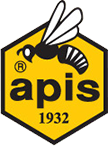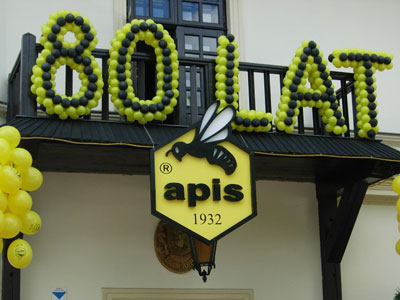1932-1939
In 1942, the Management Board of the Cooperative changed its name from The Beekeepers’ Association to “Apis – Spółdzielnia Handlowo-Przetwórcza z o. u. (The Apis Commercial and Manufacturing Cooperative)”. This was a time of intensive growth, with a focus on manufacturing mead on an international scale, which won the Cooperative its first major awards on global exhibitions and congresses. Its success story was interrupted by the outbreak of World War II, and the associated vacancies in management positions......




 Our Cooperative was formed during the time when Polish national economy was at its worst since it had regained independence in 1918.
Our Cooperative was formed during the time when Polish national economy was at its worst since it had regained independence in 1918.
